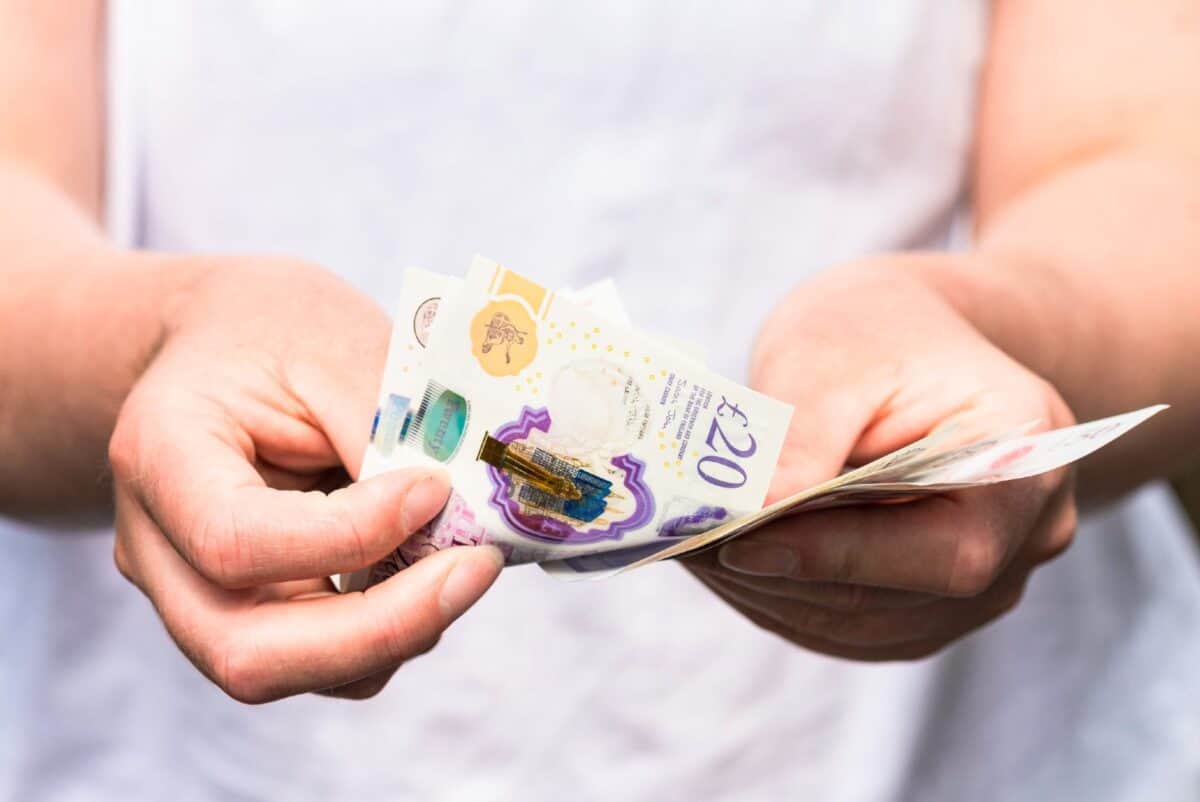Saving up £10,000 isn’t easy. So, if I’d reached that impressive milestone, I’d want to make sure I protected the wealth I’d built. What better way than to put it to work to make a second income?
That may sound too good to be true. But there are multiple ways to achieve it. Entering the property game is one. Although that requires a bigger initial outlay than £10k. How about starting a side hustle? That could work, but I think there’s a less stressful method.
It’s buying dividend shares. By that, I mean targeting FTSE 100 and FTSE 250 shares that pay a chunky dividend yield.
It will require some initial research to find the right stocks. However, once that’s done, I can hopefully tuck those stocks away in my portfolio, sit back, and watch the dividend payments roll in.
With £10,000, I’d get the ball rolling today with these steps.
Doing my homework
I’d start by researching the sort of companies I want to own. I like FTSE 100 businesses with proven business models, big customer bases, and stable cash flows. One stock that ticks all of those boxes is M&G (LSE: MNG).
It hasn’t been a great year for the shares. They’re down 10.4% in 2024. However, they’re up 2.5% over the last 12 months.
The weak share price performance this year may be disheartening. But as they say, every cloud has a silver lining. For M&G, it’s that its yield now stands at a whopping 9.8%.
Of course, dividends are never guaranteed. However, since listing in 2019 the firm has increased its dividend payout every year. It has hopes to continue that going forward.
The business operates in an industry that’s huge and is predicted to grow. It has nearly 5m customers as well as over 900 institutional clients.
The risks are ongoing economic uncertainty and high interest rates that impact investor sentiment. As has been the case at times over the last couple of years, this could lead to customers pulling money out of funds.
But the stock looks cheap, trading on a forward price-to-earnings ratio of 8.5.
Using an ISA
I’d then open a Stocks and Shares ISA. Every year UK investors are allowed to save up to £20,000 in an ISA and use it to buy shares. The main benefit is that all the profits made are tax-free.
Please note that tax treatment depends on the individual circumstances of each client and may be subject to change in future. The content in this article is provided for information purposes only. It is not intended to be, neither does it constitute, any form of tax advice. Readers are responsible for carrying out their own due diligence and for obtaining professional advice before making any investment decisions.
Talking numbers
Taking M&G’s 9.8% yield and applying it to my £10,000 would allow me to earn £980 as a second income. That’s not bad, but I’d aim for more.
That’s why I’d reinvest every dividend I received. By doing that I’d benefit from a process called ‘dividend compounding’, which is a great way to build wealth.
By doing that and letting the magic of time in the stock market do its work, after 30 years my £10,000 could be generating £17,381 a year as a second income. I’d have a nest egg worth over £186,913.
I’d never invest just in one company though. Diversification is essential. However, this is proof that selecting the right stocks has the potential to build a meaty second income over time.







